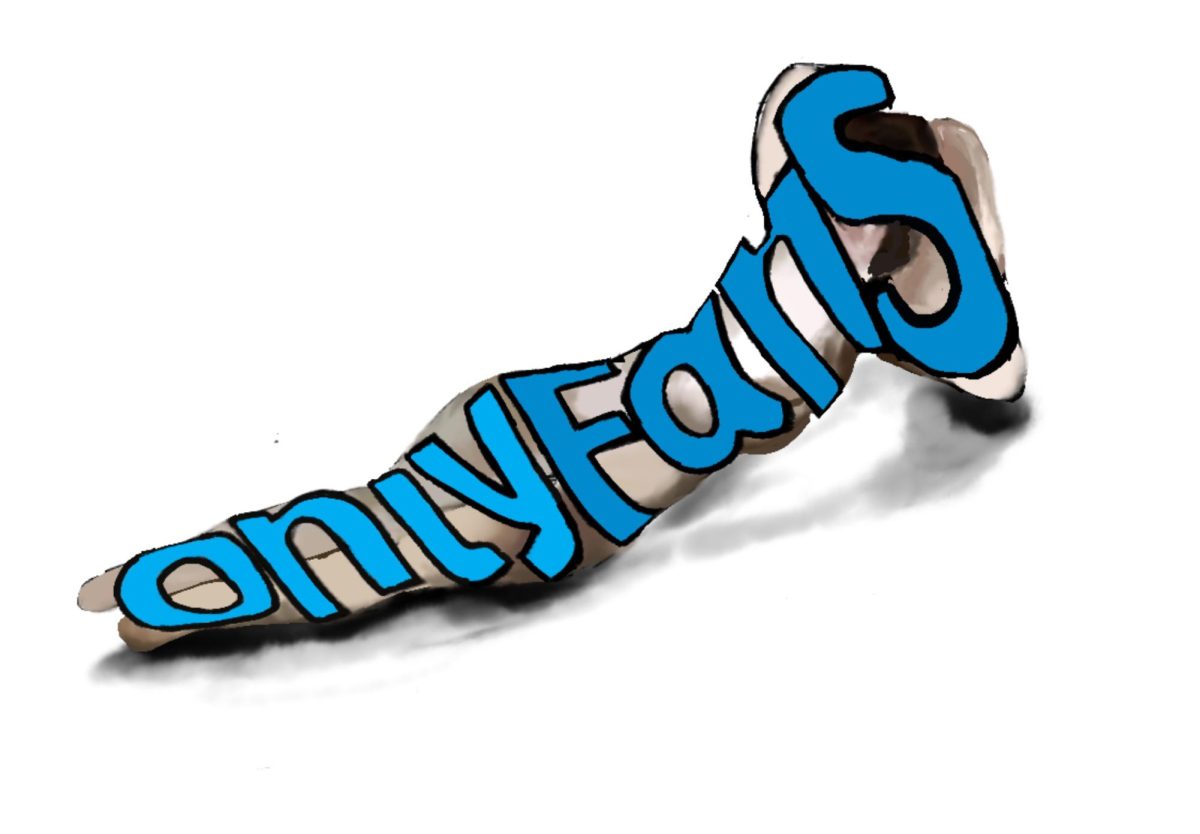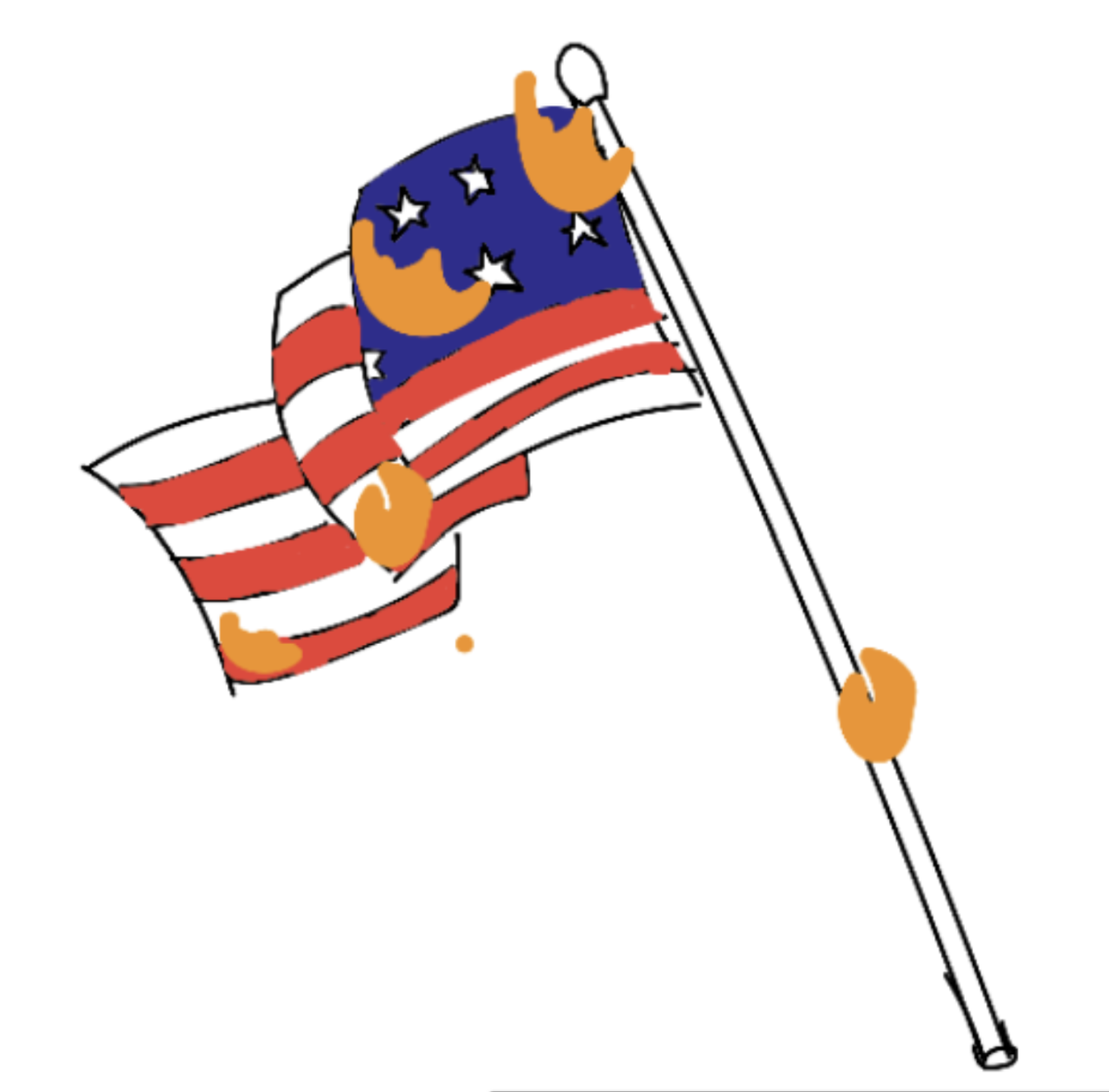Police brutality against Australian Indigenous is a modern day problem in Australia. In New South Wales (NSW) alone, 13,161 out of 28,826 recorded cases of police brutality from 2021-2022 had been against them (Rose, 2023). For example, in 2020, in Inner Sydney a 16-year-old Indigenous Australian was assaulted by NSW police officer Ryan Barlow. The officer made an assumption by judging him by his appearance alone.
This assault happened during an arrest where the boy had been brought down to the floor by the officer having used a now controversial leg sweep. The officer claimed he had felt threatened by the teen as he verbally attacked him by swearing at him, “crack you across the f-ing jaw, bro”. This had led the officer to immediately arrest him, though during the arrest, the teen was compliant. Rendering the so-called act of self-defensive useless and only as an act of prejudice (Sipthorne, 2023). This encounter was captured on video, and it was visible to see the teen’s hands behind his back. The boy could be heard saying, “you don’t have to hurt me”. This had resulted in him being left with knee and shoulder injuries, as well as jaw and face injuries, including a chipped tooth. The teen can also be heard saying “I can’t f-ing stand up” but no assistance or help was given.
The mother of this teen had summed it up to the point, “The issue of police brutality is a long term systemic problem” (Sipthorne, 2023). She continues to state that police officers, who are public servants, need to think about their relationships with the community and especially with Aboriginal people. Respect should be given, regardless of skin color or appearance. Barlow’s act was a problem as it was only based on opinion and should have instead been based on his duties as a police officer. If the circumstances were different, and the teen had been white instead, the outcome would have likely not even been reported, than it sadly had been. Barlow’s reaction was too fast, with no chance given to the teen.
This is only one case of the 13,161 recorded. Not only police brutality but another ongoing issues is Deaths in Custody against Australian Indigenous. Another example of this would be the case of David Dungay, similar to the famous George Floyd case. While it goes back to 2015, the case revolves around Indigenous Australian David Dungay jr, who was 26 years old at the time. On December 29th, 2015, he passed away in Sydney’s Long Bay Prison Hospital due to police brutality. On the day, he had been eating a packet of biscuits (Dungay JR was a type 1 diabetic) and was asked by the officers to stop, which he had refused to do so. Five officers had stormed into his cell and six officers restrained him. They placed him face down onto his mattress and handcuffed him behind his back. From there, he shouted “I can’t breathe” 12 times. With one officer heard saying “you bought this on yourself”. Later, he had been transported into a different cell by being dragged, which had enviably led him to start spitting blood from his mouth, while again shouting, “I can’t breathe”. His shouting should have already indicated to the officers they were being too aggressive, but instead they carried on. Once he had been transported into the new cell, a nurse had administrated a sedative without checking if he had been in any sort of critical health condition. He was then kept in a face down position for a total of seven and a half minutes, later dying. The actions of the officers contributed to his death, said an emergency medical expert. Later when his body was analyzed they discovered that his face was bruised and caved in with his nose broken, there was blood coming from his eyes. His mother had said, “It didn’t even look like my son’s body. His face was caved in, bruises all around, stitches here and there”. This had been a very aggressive case, and it’s extremely upsetting that this was the consequence of police brutality and injustice against the Indigenous Australians. This is just one of many cases in Australia, as there have been 550+ Indigenous Australian deaths in custody since 2008 (New South Wales Council for Civil Liberties, 2024).
The police data from NSW reveals that there has been a significant amount of cases where the police officers had used unnecessary force on Indigenous Australians over the past 3 years. There have been 13,161 out of 28,826 of these incident involving Indigenous Australians which accounts for 45% of incidents which is extremely shocking, as the Australian Indigenous population acquires only 3.4% in NSW.
The amount of cases using force has increased over the years, going from 44 % in 2018-19 (which is already quite high) to 47% in 2021-22. These numbers really come to show that this is a modern day issue with little being done to help these percentages to drop, but instead people are allowing for these numbers to increase annually.
While these issues are specific to Australia, that doesn’t mean we should not acknowledge it. You may too have been judged unfairly, had assumptions made about you or had someone act aggressively towards you which was out of your control. While it’s a harsh comparison, it means we keep coming back to a recurring problem of where people don’t have a voice and are not being listened based on appearance. We are all people, some of us more privileged than other, but people nonetheless, and everyone deserves to have a voice




